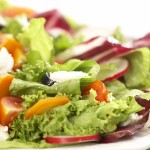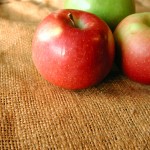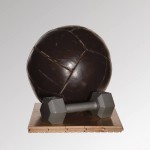Looking for a healthy and easy snack to serve your kids after-school? A game day tailgate party?
This healthy trail mix is kid approved. After mixing up a few different batches, this one scored big! I received 5 smiles. Everyone loved the sweet and slightly salty mix. The Chex cereal and bunny grahams are an all-natural source of whole grains. The raisins contain antioxidants and fiber. The peanuts complete this healthy well-rounded mix with their addition of protein, fiber, and “good” fat.
Ingredients
2 c Chocolate Naturally Flavored Chex Cereal
1 c Annie’s Bunny Grahams-Honey Flavored
1 c Chocolate Covered Raisins (*dark chocolate is a healthier option)
1 c Roasted Peanuts-Lightly Salted
Mix and enjoy!
*For kids – practice portion control by using small snack size bowls or baggies.
Recipe courtesy of Helen Agresti, R.D. Helen is a Registered Dietician with Professional Nutrition Consulting, LLC. She lives in Pennsylvania with her husband and 5 children. For more nutrition advice and healthy recipes follow her on Twitter via @HelenAgresti. For more information, go to www.pronutritionconsulting.com.
 Subscribe
Subscribe








